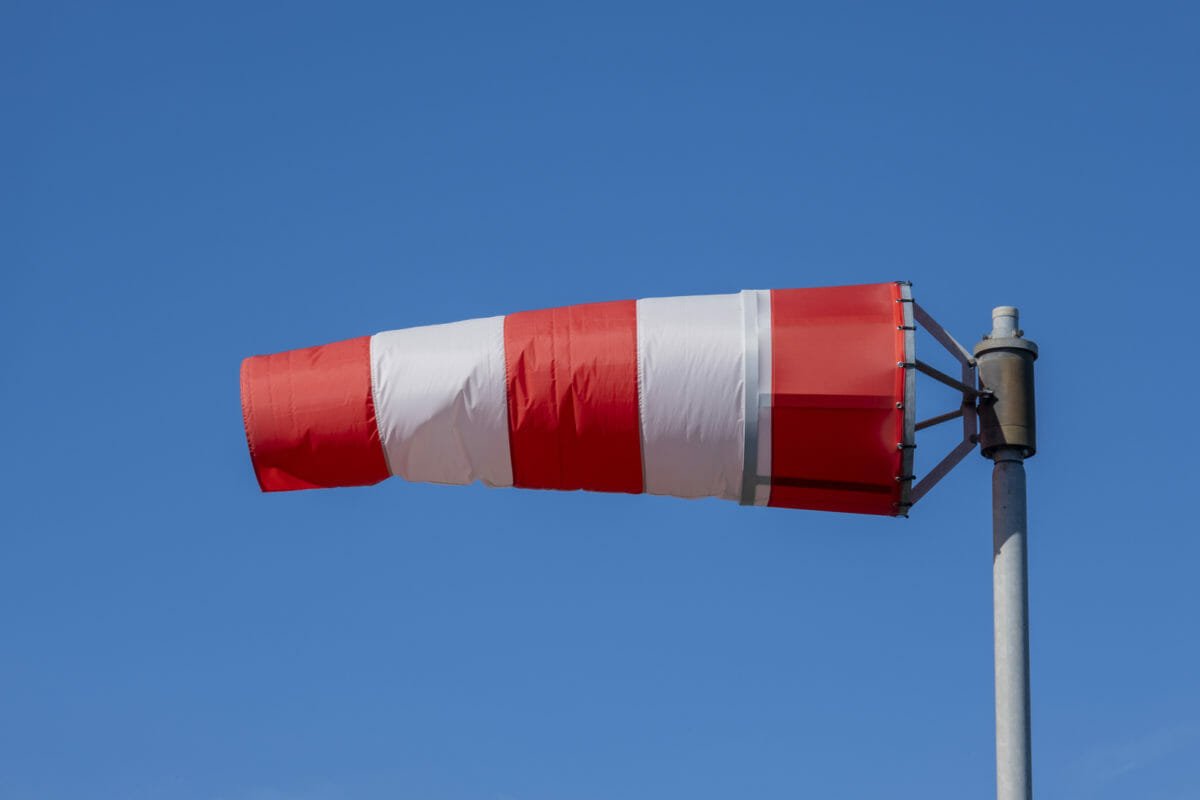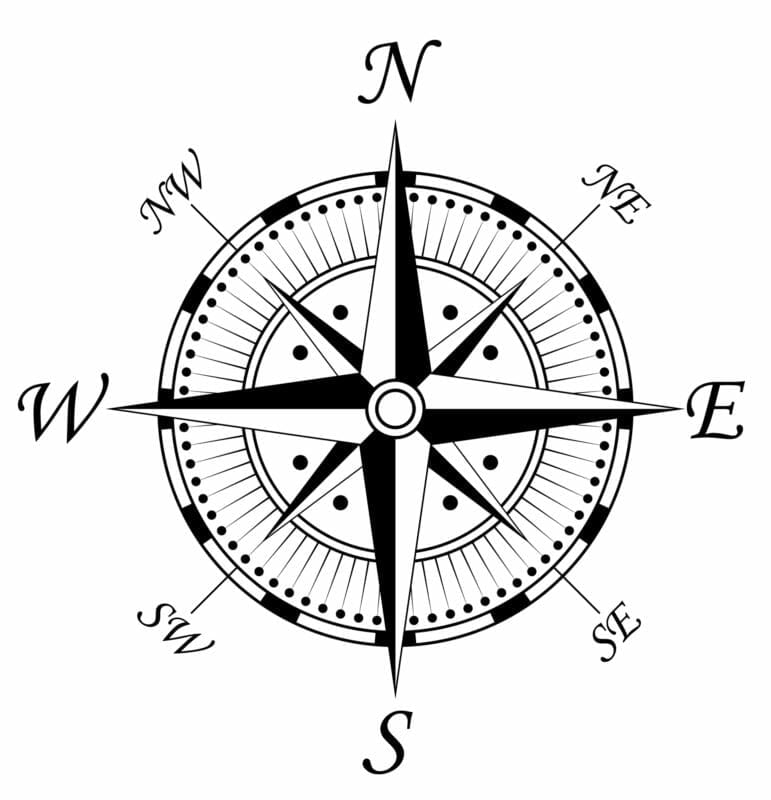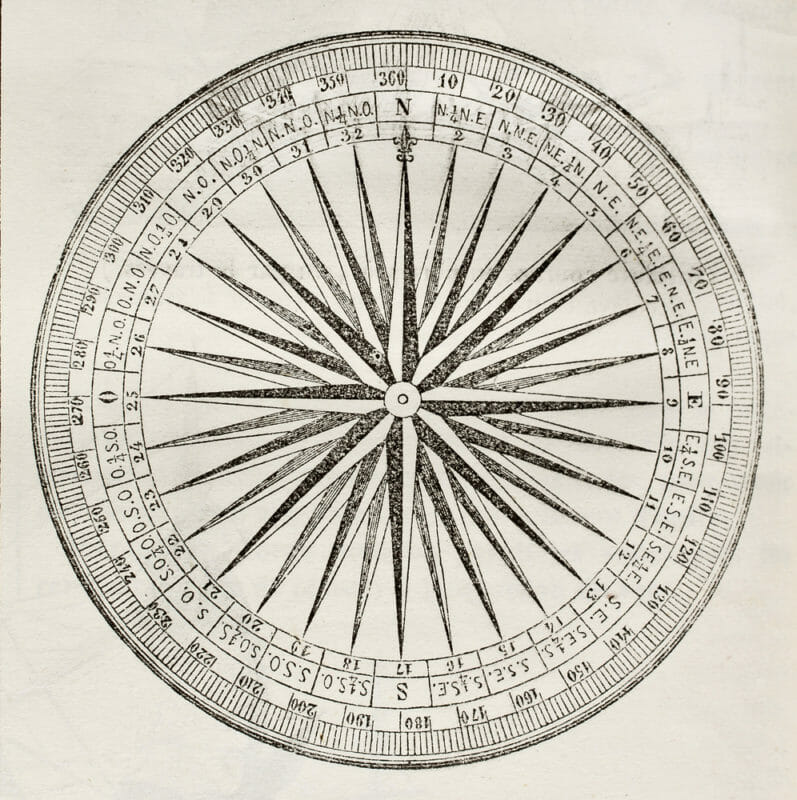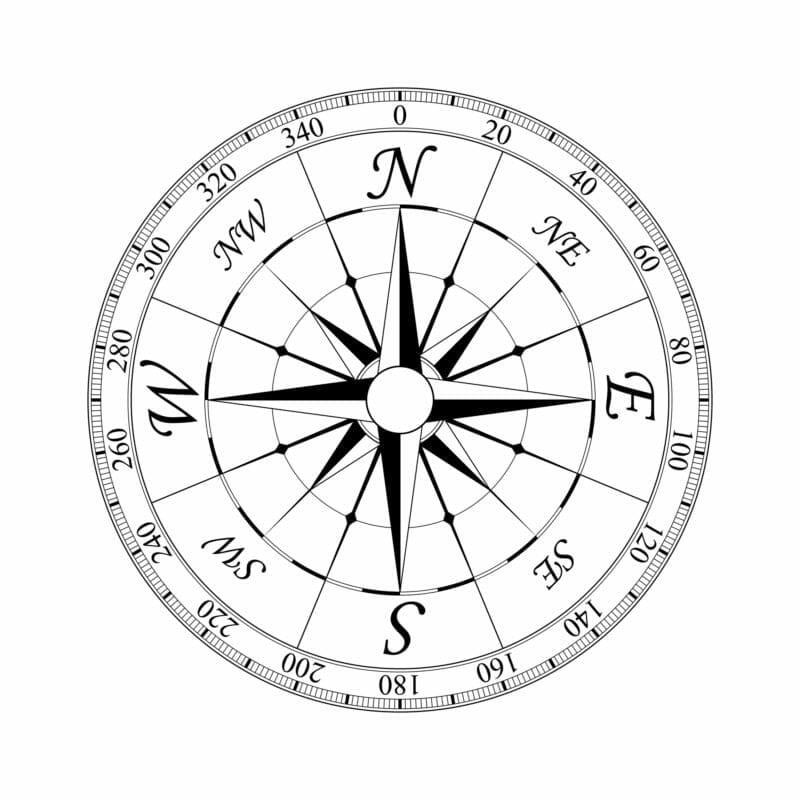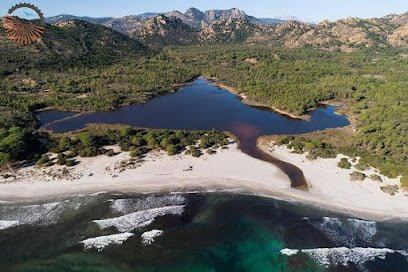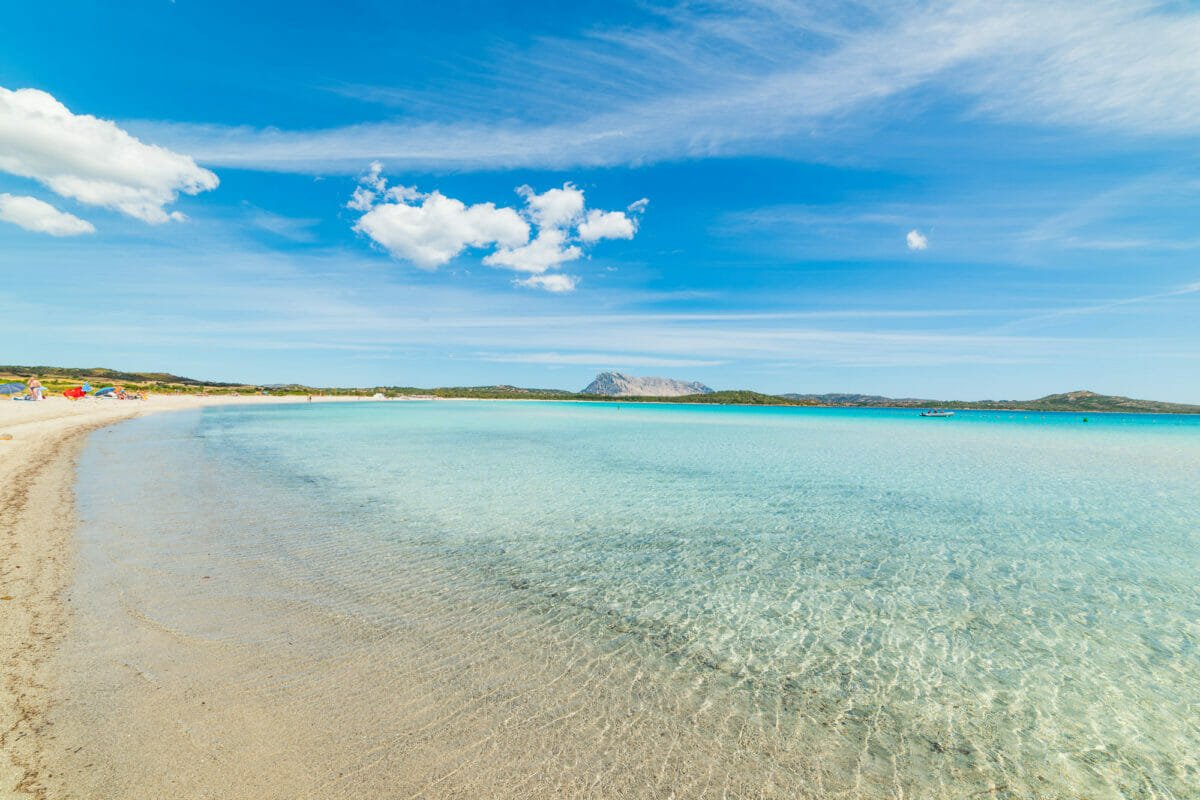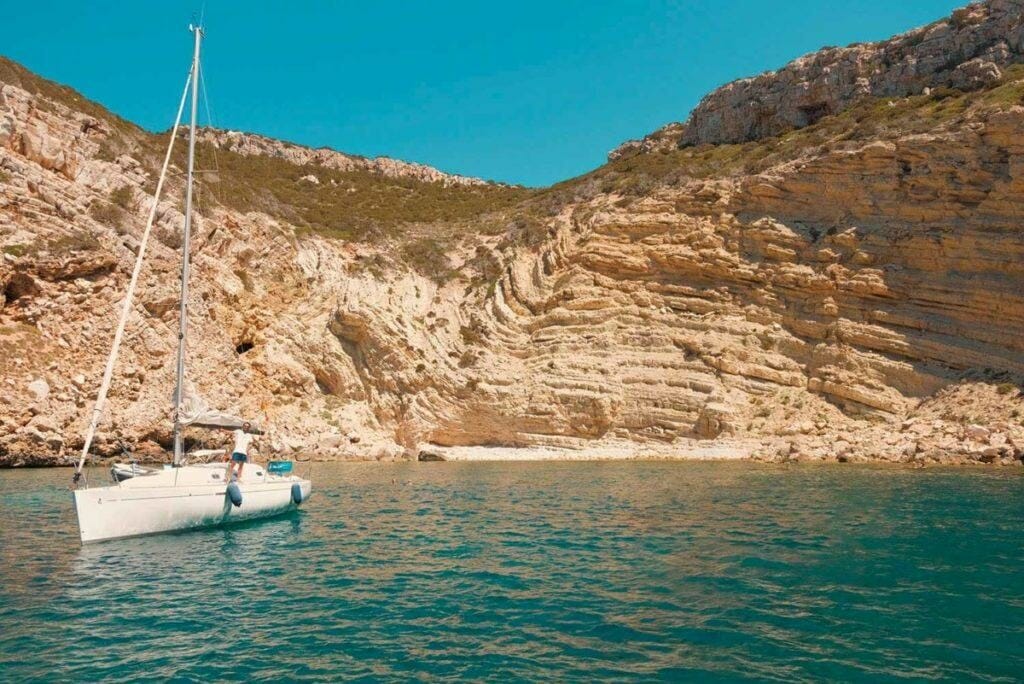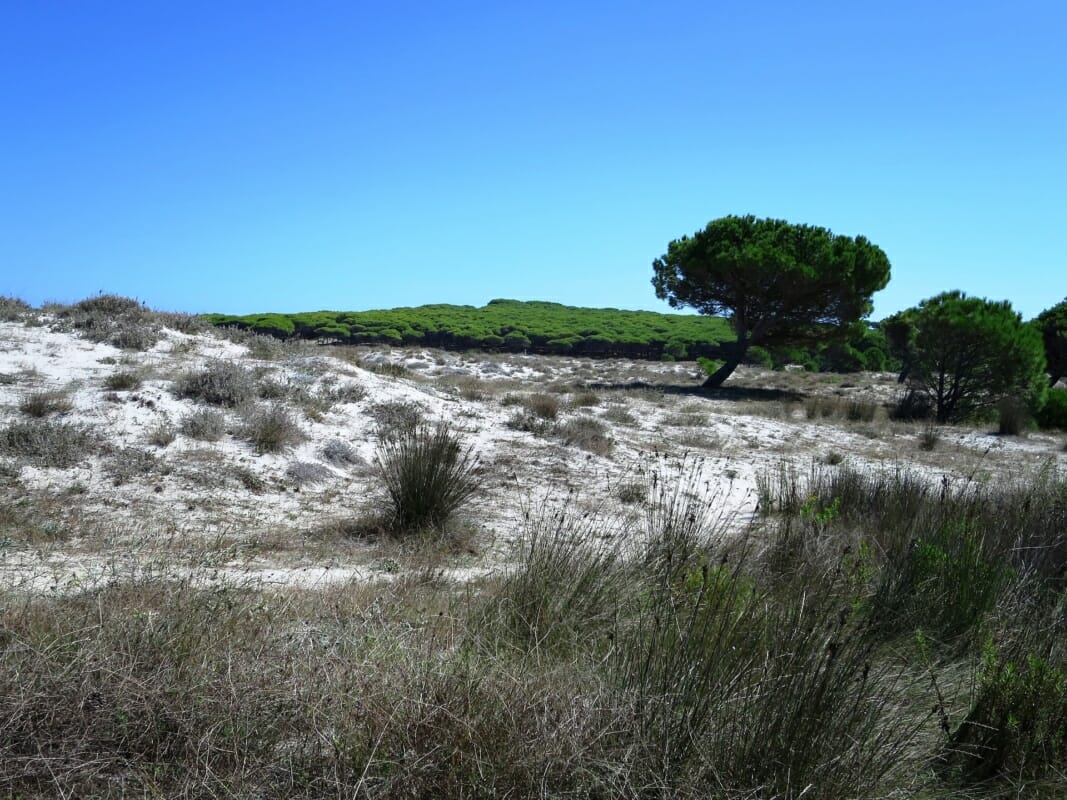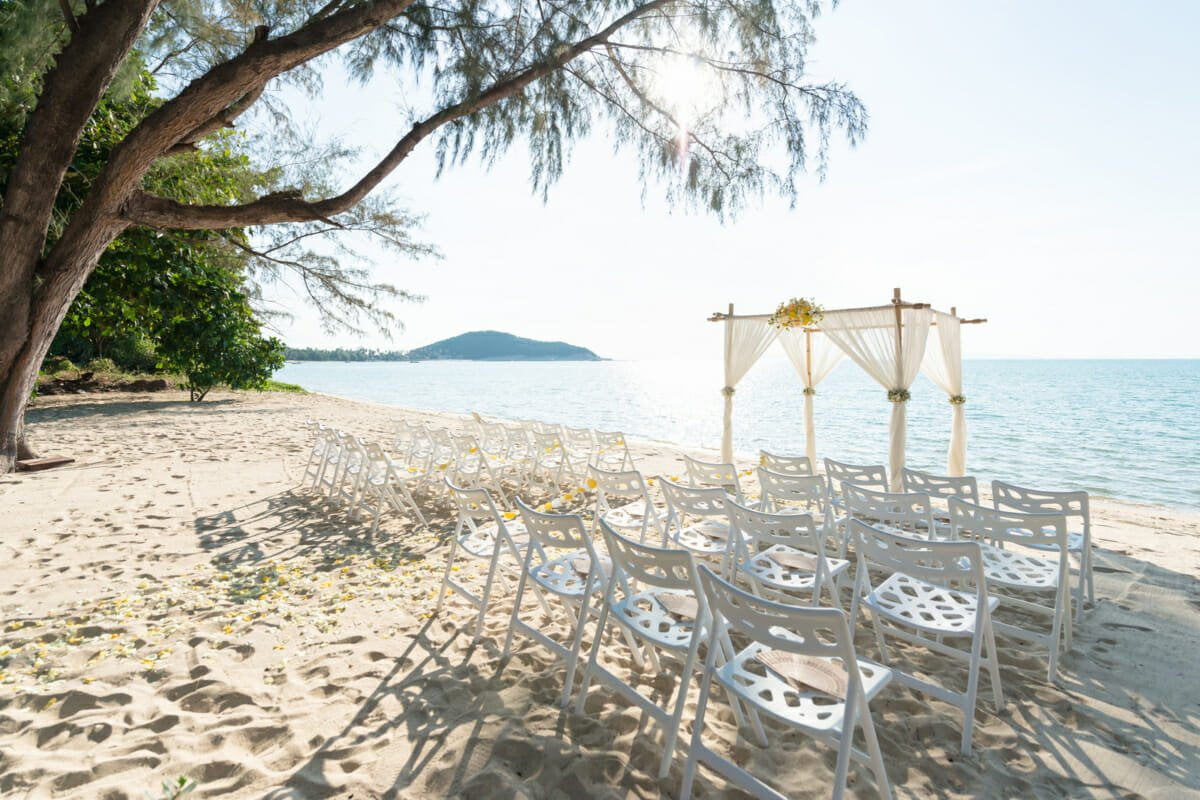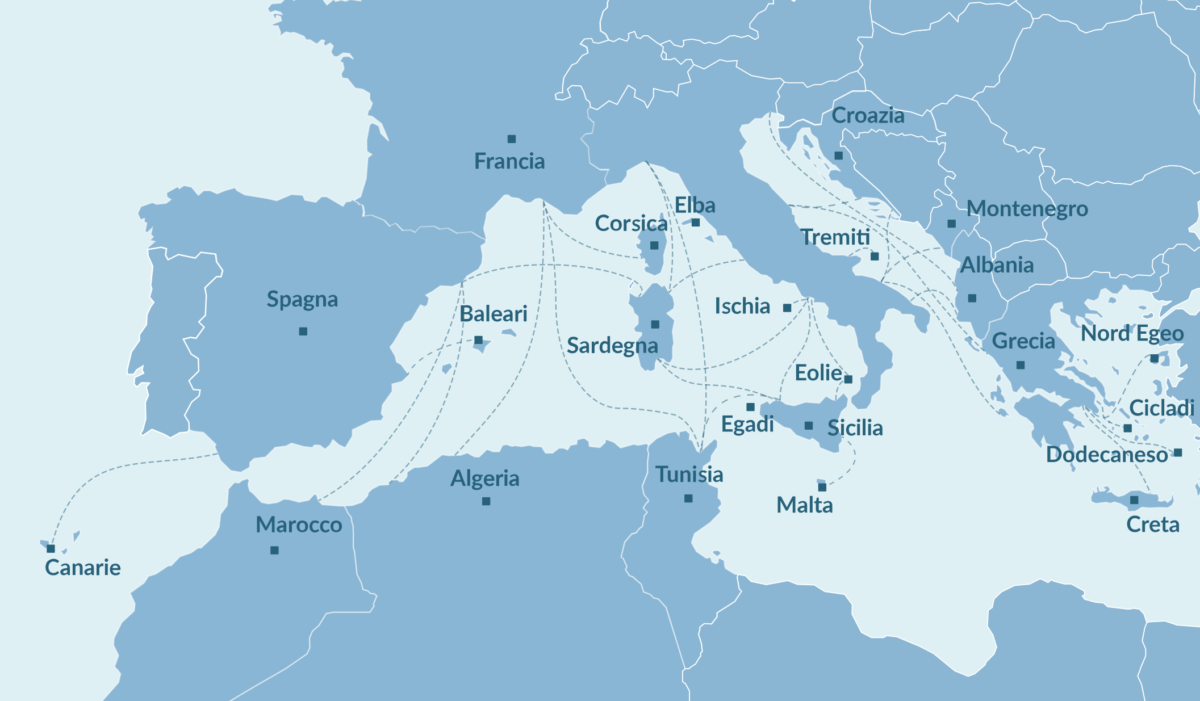Knowing the direction of the wind, especially when on holiday in an unfamiliar or familiar area can be very useful indeed. Let's see why and how.
Knowing where the wind comes from can help us to choosing the best beach for a windy day and also to assess which is the most suitable excursion/activity to do: photography, birdwatching, trekking and land excursions, watersports or simply beach and relax. You can also rent a car e approfittare della giornata per esplorare l’entroterra.
On particularly windy days you can always find a quiet place to bathe and relax. If you feel like taking spectacular photographs, it can be very interesting to consider visiting lighthouses or of the vantage points to admire the sea and waves from the heights and get shots from privileged observation areas.
Feeling the Wind
The first thing to do is "sentire l’aria” con tutti i sensi. Look at the water and the waves, look for flags, turn your face to the wind, smell it, moisten your finger to feel its direction.
Finding the direction from which the breeze comes can also be a fun game to play on the beach with childrenas well as the sandcastles.
all winds have a name and peculiarities. First of all, remember that the wind is named after the direction from which it camenot the direction in which it is blowing.
Una volta capita la direzione da cui spira l’aria diventa divertente associate the proper name of the wind with the direction and perhaps get to know its characteristics and curiosities.
Finding the Direction of the Wind
For know the name of the wind blowing today you can use a very simple trick:
- draws a circle on the sand (the bigger the easier)
- make a mark on the circumference in northern correspondence (usa una bussola, il cellulare, un ago su di una foglia nell’acqua)
- starting from the north sign and going clockwise divide the circle as if it were a pie of 8 equal wedges
- make a mark on the circumference at the direction from l’aria (guarda le bandiere, inumidisci il dito, rivolgi il viso verso il vento)
- going clockwise count the slices of cake separating the sign of the north from the sign of the wind direction
- find the match below and you're done:
- slice 1 = Tramontana
- slice 2 = Grecale
- slice 3 = Levant
- slice 4 = Sirocco
- slice 5 = Ostro or Mezzogiorno
- slice 6 = Libeccio
- slice 7 = Ponente
- slice 8 = Mistral
The Winds That Blow In Sardinia
It is easy to encounter a windy day in Sardinia, but know that wherever you are you can find a beach or cove sheltered from the wind that blows during the day. The first thing to do therefore is understand what wind is blowing today.
Being on a beach with the wind coming directly from the sea can be annoying because during bathing and snorkelling potresti trovare delle onde che rendono difficile l’attività.
Even the sound of the sea could quickly turn from a gentle background melody to a predominant sound that prevents relaxation and reading a book.
Open the map, then choose a beach where the wind comes from the land and possibly have a natural barrier - such as a dune - to provide protection from the air.
Remember that a beach can also have more protected portions than others quindi scegli con cura il posto migliore dove piazzare l’ombrellone.
Consider that the windiest seasons in Sardinia are generally autumn-winter and spring. Usually in summer, except in particularly windy years, the predominant winds are the Mistral (blowing from the North West) and the Sirocco (blowing from the south-east).
If possible to shelter you from the Mistral choose beaches facing south and east. For protection from the Sirocco, choose beaches or portions of beaches facing north and west.
The 8-Pointed Wind Rose
Sin dall’antichità l’uomo ha sempre cercato di dare un nome ai venti per comprenderli e all’inizio venerali. Le prime vere testimonianze risalgono a Omero nell’Iliade e nell’Odissea, basti pensare a Aeolus the King/God of the Winds of Greek mythology.
In the course of history, then, the study and knowledge of winds assumed strategic importance for navigation and trade. Hence, drawings and diagrams began to appear to help recognise the winds. The wind rose is a schematic drawing representing the origin of the winds blowing into a place.
Originally, the compass rose was ideally placed near theMalta Island or the centre of the Ionian Sea. If we imagine positioning it correctly in these geographical areas, it becomes very easy to remember the name of the reference wind.
The simplest and most useful compass rose during the holidays is the 8-pointed one. There are roses that gradually become more complicated, 16-pointed, 32-pointed, 64-pointed up to the most complex 128- and 256-pointed roses.
Origin of the Name of the Winds
Consider that winds have a name in Italy and in some southern European regions bordering the Mediterranean.
For example, in Great Britain the names of the cardinal points are predominantly and preferably used to identify winds. For example, the Mistral in England is called the northwest wind.
Ecco l’origine e il perchè dei nomi dei venti:
- Tramontana - wind coming from trans montes, transmontanebeyond the mountains
- Grecale - wind coming from the Greece
- Levante - wind coming from where the sun rises, rises
- Sirocco - wind coming from the Syria
- Ostro or Midday - wind coming from midday or austral
- Libeccio - wind coming from the Libya
- Ponente - wind coming from where the sun arises, sets
- Mistral - incoming wind Rome master city or Mistral from France and the Gulf of Lion o master because it is the prevailing wind in the Mediterranean
Characteristics of the Winds
Each wind, in addition to its own name, has its own characteristics that distinguish it.
We start with the winds coming from the 4 cardinal points and their 4 subdivisions.
North Tramontana wind ⬇️
The Tramontana is a wind coming from the north - indicating north - thus losing the tramontana means losing one's compass, orientation, control, being disoriented. It is a dry wind, cool in summer and very cold in winter. This wind generates sudden and significant drops in temperatures.
NORTH-EAST Grecale wind ↙️
The Grecale is a wind coming from the north-east. It can change its characteristics depending on the season in which it occurs, in summer it can be hotinveno is a wind dry and cold. In Sardinia it is predominantly a winter wind that can reach considerable intensity, have strong gusts, the famous grecalate.
East-easterly wind ⬅️
The Levant is a wind coming from the east. Generally cool and humidoften accompanied by mist/fog and rain. It can blow at any time of year, but in the winter season the Levant is often the bearer of heavy rainfall.
South-easterly wind Sirocco ️
The Sirocco is a wind coming from the south-east. A 'freaky' person is generally a confused and somewhat extravagant person, just like this wind and, when it is intense, like the feelings it induces in people. È hot and humid, the siroccate are often carriers of red sand. When it originates it is warm and dry, but to arrive in Italy it has to cross the sea and is therefore enriched with humidity. It is the hot wind par excellence that brings rising temperatures and the perceived heat due to its intense and high humidity.
Wind from SOUTH Ostro or Midday ⬆️
L’Ostro o Mezzogiorno è un wind coming from the south. It is a southerly wind, certainly warm. It can be a wind very hot and dry when generated by the North African anticyclone. Instead, it manifests itself as a humid wind when it brings precipitation and thus precedes rain.
South-westerly wind Libeccio ️
The Libeccio is a wind coming from the south-west. In Sardinia it often manifests itself with strong gusts and can create intense swells, the libecies. The libeccio is often a humid wind, sometimes bringing sand and can be a bringer of rain.
WEST Westerly wind ➡️
The Ponente is a wind coming from the west. Especially in summer, it helps to mitigate temperatures in Sardinia. In winter, it can blow significantly but almost always brings good weather.
NORTHWEST Mistral wind ↘️
The Mistral is a wind coming from the north-west. Certainly one of the most famous and well-known winds in Italy, it is a wind cool and often dry which can have very high intensities, the maestralatewith strong gusts in Sardinia and Corsica.
One of the characteristics of the Mistral wind is to make colours very vivid: the maquis mostra il suo verde più intenso, l’azzurro del mare assume tonalità incredibili.
On mistral days, the contrast between the colour of the sky and the colour of the sea is stunning.
Winds Nursery Rhyme
An old fishermen's rhyme describes the characteristics of the winds in relation to the catch. Like all sayings and proverbs, it contains some kernels of truth and some poetic licence used to compose the rhyme.
"Tramontana fish in the den
Grecale local fish don't go there
Levant abundant fish
Sirocco fish little
Fish in the oven
Libeccio homemade fish
Ponente fish nothing
Mistral fish in channel'
How useful was this post?
Click on a star to rate it!
Average rating 5 / 5. Vote count: 22
No votes so far! Be the first to rate this post.


